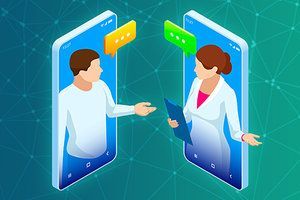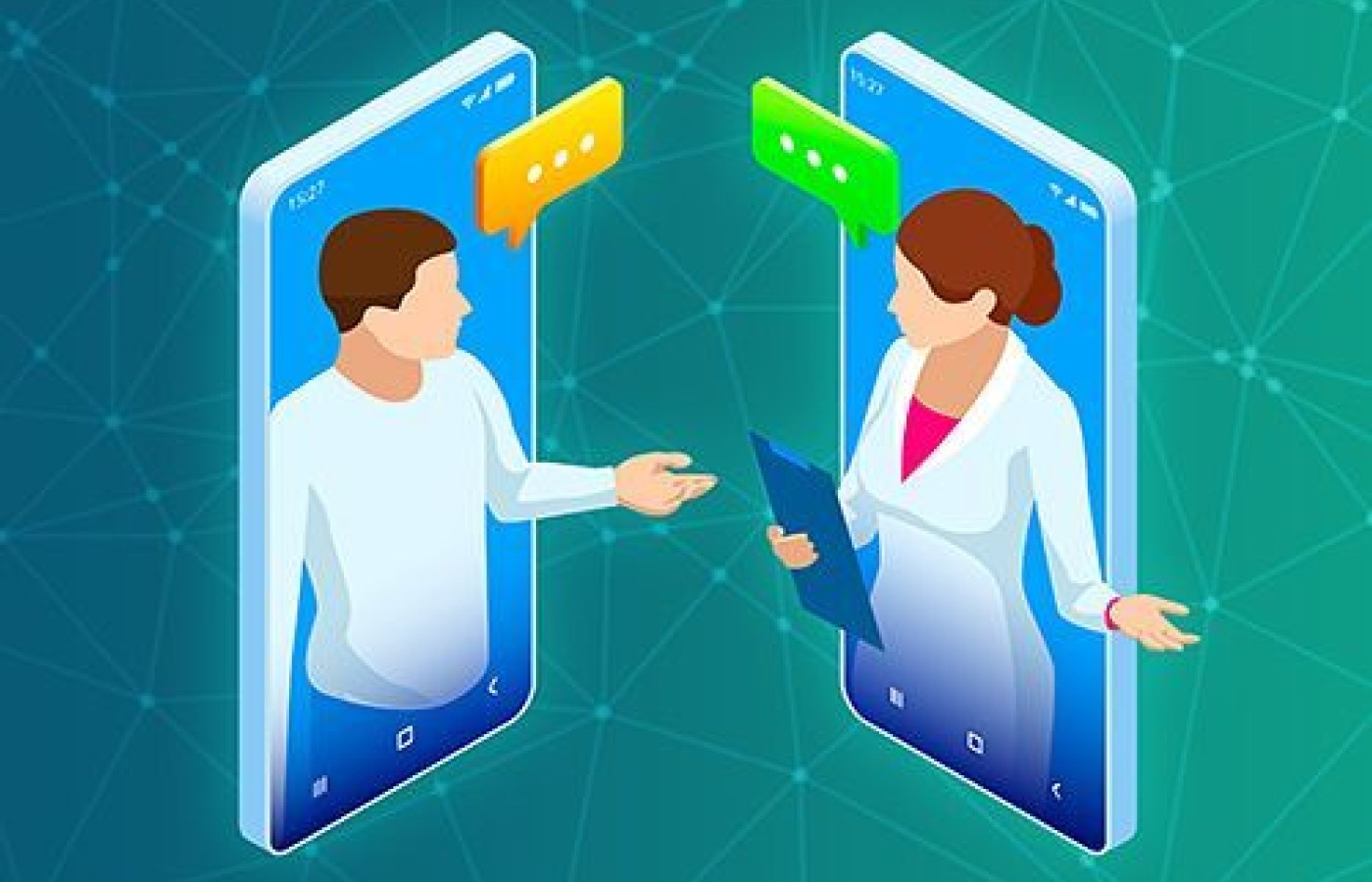Whether you accept it, avoid it or live somewhere in between, insurance coverage has become a defining issue for our profession. Patients increasingly expect to use their benefits, practitioners want to be compensated fairly for their time and expertise, and the system itself remains – at best – fragmented. The encouraging news is that coverage has expanded in meaningful ways. The challenging news is that reimbursement, across the board, remains inadequate.
COVID-19 and Telemedicine: An Invitation for Ingenuity
As practitioners of Eastern medicine, we all have our chosen tools. We have preferred treatment supplies that span from the make of a treatment table to a specific brand of needles, herbs or musical soundtrack. We have chosen ways of being a practitioner that may be diagnostic, observational, intuitive, evidence-based, steeped in classical foundations, TCM patterns, Five Element, etc. We deliver our medicine through different settings, such as a community-based model, private practice, or in hospitals / outpatient settings.
How each of us has been called to present as practitioner becomes our "art" – our artistic expression and interpretation of Eastern medicine brought to others through us, in human connection.
As new practitioners, we tried many different "brushes" or tools, until we found the right inclusions for our artistic practitioner toolbox. As practiced professionals, we began to experience precision in utilization of our brushes. With each needle insertion or herbal formula creation, we increased the ease and efficiency in creating our artistic treatment masterpiece. And although practicing our art in the present moment with each patient is itself unpredictable, our existence in our practices becomes quite meditative, methodic and even comfortable.

Now, at a time when we are faced with a truly uncomfortable boundary such as a global disease on all levels –the COVID-19 pandemic – preventing us from connecting in-person with our patients, we are called to embark on a novel journey. That journey calls us to move beyond the restrictions the pandemic places by choosing to create a different kind of delivered art.
In 2016, when I expanded beyond my private practice serving oncology patients at the UM Upper Chesapeake Medical Center, Kaufman Cancer Center in Bel Air, Md., I was truly a beginner. I had substantial oncology treatment experience, and I had explored Chinese medicinal teachings, read pertinent Western texts and case studies. However, I had not received any guidance on how to actively navigate in this Western medical setting outside of my practiced way of being in private practice.
As the number of patients referred to me for acupuncture increased, as a solitary practitioner I felt compelled to use multiple treatment rooms to move through an extensive waiting list. To prepare for treatments, I had limited time to navigate and extract valuable information from the EMR containing infusion / radiation schedules, procedures, blood counts, practitioner notes, medication lists, and the patient-reported cues within paper intake forms.
All of this information had to be filtered through the discretionary lens of a contraindication guidelines checklist designed in partnership with oncologists. These guidelines served as a boundary and filter in determining if acupuncture treatment was permissible on the day of each patient's appointment.
During this preparation process, I discovered that although patients were being referred for acupuncture by their oncologists, based on screening via the contraindications guidelines checklist, some were contraindicated for needle insertion. When I first realized I would be unable to needle a patient (less than an hour before the scheduled appointment time), I knew canceling was not an option. This was based on the patient's deep need for treatment and limited scheduling availability, as adhering to multiple treatment schedules could be energetically taxing.
I had to design and administer a safe, efficient and effective treatment, in that moment, without needling. My first thought was to administer acupressure. However, managing multiple treatment rooms, I would have limited time to physically access the points with the patient. So, I considered the non-needling alternatives provided to me: a heat lamp, a probe, and vaccaria seeds on adhesives widely used in auricular medicine.
It was in that moment that a teaching from Tai Sophia Institute founder, mentor, and expert body wisdom and phenomena navigator, Bob Duggan, clearly resonated: "Word as needle." This simple phrase had deep resonation, reminding me I could initiate shifts in energetics on body, mind and spirit levels with one word. One word could invite change. It was a reminder that I was an embodiment of this medicine. My presence, my energetic offering, holding space in the interactions with my patient, would ultimately serve regardless of what tool I chose to administer a treatment.
Embodying the medicine, I chose to administer a treatment by placing vaccaria seeds on the body, as if they were needles; identical in philosophy, location, intention, and retention time. Exercising complete faith, I continued to utilize the vaccaria seeds on the body, as patients reported that the results and responses were beneficial, if not identical to those reported in acupuncture treatment.
The Western medical contraindications guidelines checklist was no longer a perceived boundary or restriction, but a facilitator for ingenuity. I was grateful for this perceived boundary existing, as I may not have been called to be creative, to test the powers of our medicine in utilizing the vaccaria seeds on the body with intention identical to needling. I now had access to a modality that could fully serve a patient population deemed contraindicated for acupuncture, along with areas of the body previously deemed non-permissible to be needled.
It is my hope that in sharing this story, we are collectively reminded as a community that we are artists and the art form. We are the instruments, the needles, the energetics of the herbs. We are this medicine. And we are being called to be creative in our delivery.
If COVID-19 / telemedicine present as a boundary or restriction, may there be a transformation that occurs in regards to our perception. May this time be an invitation, reminding us of what we offer our patients beyond the typically regarded "tools" in our artistic practitioner toolbox that we've meditatively, methodically and comfortably used before.
May we all be called to dust off and reconnect with the most versatile and expansive artistic "brush" of them all: ourselves. And may telecommunication be the bridge to unite us all.



